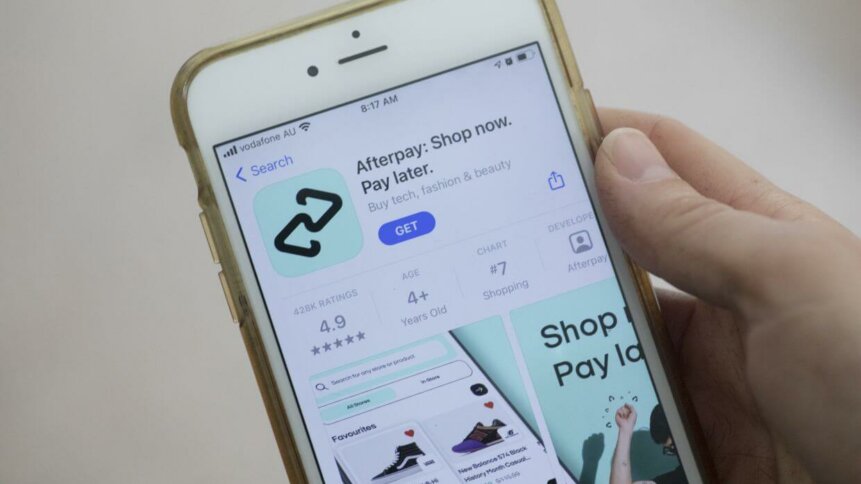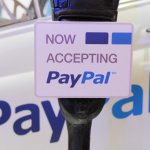Is there an East-West divide to embracing ‘buy now, pay later’ services?

- The ‘buy now, pay later’ (BNPL) trend was around 10x more popular last year in both Sweden and Germany than in the US
- Americans spent an estimated US$20-25 billion using deferred payment options in 2020
- The UK has had five million people using BNPL since the start of the pandemic
Buy now, pay later (BNPL) is the shiny new payment option to have taken both fintech and retail interests by storm, giving credit-based payment alternatives to cash-strapped online shoppers. Whilst the new payment method originally took off in Europe, it slowly seeped into the US e-commerce market — before skyrocketing across developing markets like Asia.
No doubt, the Covid-19 pandemic has triggered a huge shift in customers’ financing preferences around the world — from revolving credit products such as credit cards to installment loan products. Despite ‘pay later’ modes having similar mechanics like traditional banks and credit cards, it has mostly benefited from millennials and the Gen-Z group, most of whom do not own a credit card and are more inclined to take short-term installment plans to fund their shopping.
Today, the options are more varied than ever with startups like Affirm, Afterpay, Klarna leading the market. The introduction of pay later options has been so successful post-pandemic that more traditionally-established finance players like Visa, PayPal, and Mastercard started to offer this interest-free payment method too.
How are markets worldwide embracing the pay later trend?
There are of course significant differences when comparing the BNPL market share in different markets worldwide. Data from Statista shows that in 2020, BNPL in both Sweden and Germany, for instance, was around 10 times higher than the penetration rate in the US. According to a March report by analytics firm CB Insights, Americans spent an estimated US$20 billion to US$25 billion using deferred payments in 2020.
Whereas in the UK, offering BNPL products nearly quadrupled in 2020 and were estimated at £2.7 billion (US$3.75 billion), with five million people using them since the onset of the pandemic according to a Financial Conduct Authority review.
Then there’s Australia, where an Australian Securities and Investment Commission report lists over 6.1 million BNPL accounts as of June 2019. The figure represents about nearly a third (30%) of the country’s adult population. The number of active accounts grew 38% to 3.7 million in 2018–2019, while transactions took off by 75%, from 1.9 million in June 2018 to 3.4 million in June 2019.
Australia-based Afterpay is also one of the biggest players in the sector, reporting AU$9.8 billion in underlying sales in the fiscal half that ended December 31, 2020 — up 106% from AU$4.8 billion in the prior-year period. The growth signifies the interest in utilizing BNPL across the markets Afterpay is in. The company’s active customers base grew by 80% in the same period, from 7.3 million to 13.1 million.
Western vs Southeast Asia BNPL
In contrast, despite being late to the BNPL party, Southeast Asia is set to be one of the fastest-growing BNPL regions in the world due to the fast-growing number of internet users. At this point, many fintech companies in the region — Grab with GrabPay, GoJek, Razer, Hoolah, and others — have already boarded the bandwagon to meet the demand of a region that is home to over 670 million people.
In Google and Bain’s latest e-Conomy report, consumer search interest in BNPL terms has skyrocketed by 16x in the territory, primarily in the largest country there, Indonesia. “Fueled by large numbers of underbanked consumers, many of whom lack access to credit, platforms that mediate payments between merchants and consumers have found a way to lend at the point of sale,” the study indicated.
The report also said that the confluence of e-wallets, e-commerce platforms, and on-demand credit offerings have highlighted the tangible benefits of BNPL. Now, competition in this sector is also heating up, with pure-play BNPL players, digital retail platforms, and even classical banks competing for the same pie.
Unlike Western startups like Affirm, Klarna who partner up with a slew of individual retailers on their websites, collaboration in the Southeast Asian region is between BNPL companies and B2C e-commerce marketplaces like Shopee, Lazada, and Zalora, among others. In vast parts of the Western hemisphere, BNPL is merely another payment method, one that could lead to a debt crisis for irresponsible younger users who might not be aware of their full commitment.









